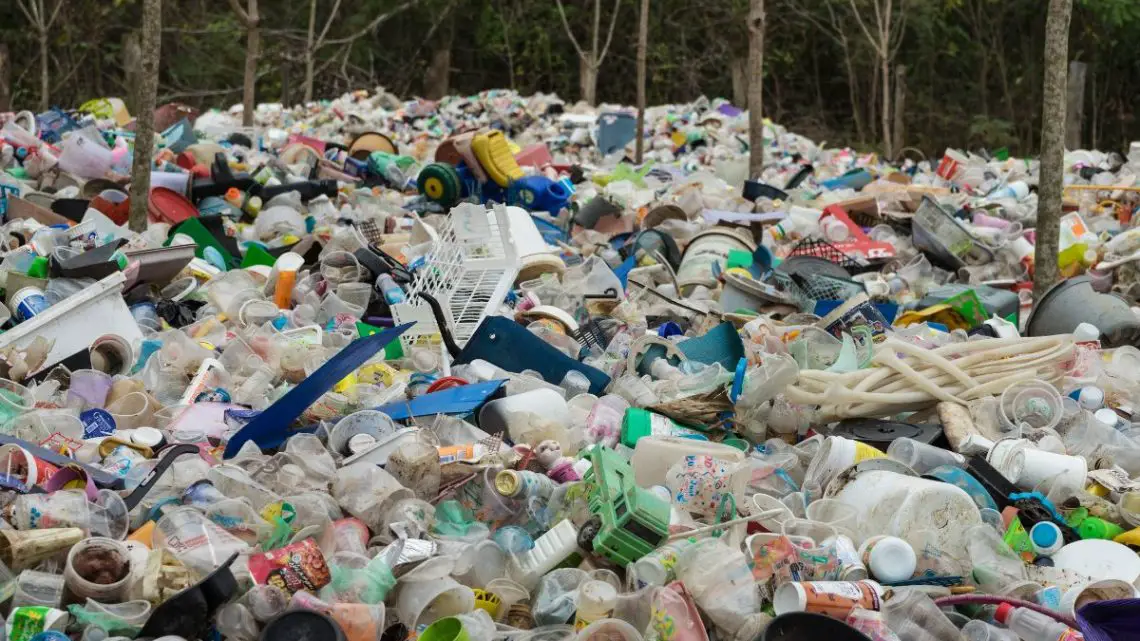
Oxford and Cardiff project converts plastic waste to hydrogen fuel
July 7, 2022 6 By John MaxResearchers from the universities are working with CarbonMeta Technologies on the clean H2 tech.
University of Oxford and University of Cardiff academics are working with CarbonMeta Technologies on a plastic waste to hydrogen fuel project.
The output is meant to be clean H2 as well as high-value carbon nanomaterials.
The researchers are using “microwave catalysis” technology for the waste to hydrogen fuel project. This tech involves the use of custom-designed microwave machines from the University of Oxford. With it, CarbonMeta aims to generate “high value products for industry”. These include H2 (3,500 GBP per ton), graphite (600 GBP per ton), graphene (100,000 GBP per ton), and carbon nanotubes (100,000 GBP per ton).

Using the microwave machines to transform one ton of the plastic into the desired products takes about two hours on average. Throughout the process, the materials are heated to up to 600 degrees.
CarbonMeta is currently in talks with North Carolina investors to construct a 20 metric ton per day processing capacity plant. The firm stated that the construction of the site will require 18 to 24 months before it becomes operational. That said, the company is “confident” that it will be able to scale “up to one tonne per day in as little as nine months.”
Plastic waste to hydrogen fuel will help to address the world’s pollution and clean energy needs.
Upcycling construction waste and plastic to help the planet to overcome the pollution crisis and climate crisis is among the top goals adopted by the company. CarbonMeta is using tech to help support the transition to two primary sustainable energy sources: H2 for transportation and home heating, and batteries for electric vehicles.
CarbonMeta’s technology uses an iron and aluminum catalyst developed by an Oxford University team under Peter Edwards. It is used to help speed up the rate of separation of carbon and H2 from any hydrocarbons such as plastics, agricultural waste, waxes and food waste.
When the hydrocarbons are processed using microwave radiation, the catalyst absorbs radiation and concentrates that radiation on the bonds holding the hydrocarbons together. Once the bonds become unstable, the outcome is hydrocarbon waste to hydrogen fuel, graphite, graphene and carbon nanotubes.
About The Author
John Max is an experienced sound engineer with a bachelor’s degree from UCLA. With over 25 years of experience in the entertainment industry, John has also worked as a machinist, producing parts for cameras. Apart from his professional achievements, John is passionate about classic cars, owning a dazzling 1976 Porsche 911. While he drives a Toyota Prius on a regular day, John is excited about getting his hands on his first hydrogen car soon. John has been an avid writer for Hydrogen Fuel News for 17 years, contributing to the team as they collectively investigate and learn about the growth and technology of hydrogen fuel. At Hydrogen Fuel News, John is part of a great team that shares a common goal of exploring and investigating the world of hydrogen fuel.
6 Comments
Leave a Reply Cancel reply
This site uses Akismet to reduce spam. Learn how your comment data is processed.



 With over 15 years of reporting hydrogen news, we are your premier source for the latest updates and insights in hydrogen and renewable energy.
With over 15 years of reporting hydrogen news, we are your premier source for the latest updates and insights in hydrogen and renewable energy.
Wonderful,Bring it forward as quickly as possible
[…] recycling technology has been developed using artificial intelligence to help programs to sort plastics effectively and affordably in order to stop recyclable materials from being sent to […]
[…] développée en utilisant l’intelligence artificielle pour aider les programmes à trier plastiques efficacement et à moindre coût afin d’empêcher l’envoi de matériaux recyclables […]
[…] innovation has actually been established making use of expert system to aid programs to kind plastics efficiently and also cost effectively in order to quit recyclable products from being sent out to […]
[…] recycling technology has been developed using artificial intelligence to help programs to sort plastics effectively and affordably in order to stop recyclable materials from being sent to landfills.Even […]
Presently recycling of plastics is highly inefficient even in areas with integrated recycling systems. Estimates indicate 70% of recycled plastics end up in landfills, incineration or used for ‘thermal recycling’, i.e., combustion to produce energy, and the corresponding pollution expenses. Using recycled plastics to create hydrogen, thereby providing greater energy output, while recycling carbons for less pollution, and the additional benefit of the efficient removal of plastic waste, constitutes an area of soon-to-midterm growth development. Especially when used in tandem with decentralized energy supply systems. Power demand is elevating and the further diffusion of power supply amongst the global populace is required. Many existing centralized systems have been proven inefficient, this includes, but is far from limited to variables involving fuel supply. Transmission and transport inefficiencies from energy sourcing and suppliers through to end users, all constitute untenable energy inefficiencies from economic and environmental perspectives. Decentralization is for many contexts now an essential area of inevitable expansion and plastic to hydrogen/carbon recycling technologies such as those mentioned here are essential on two fronts. They contribute to energy efficiency whilst making the removing of plastics itself a viable option, from combined business and environmental perspectives.